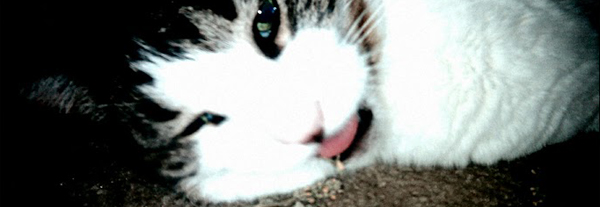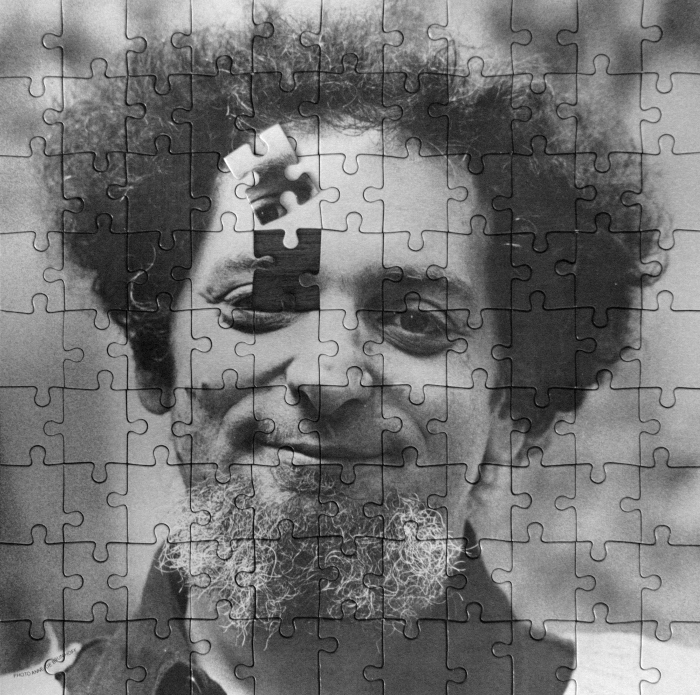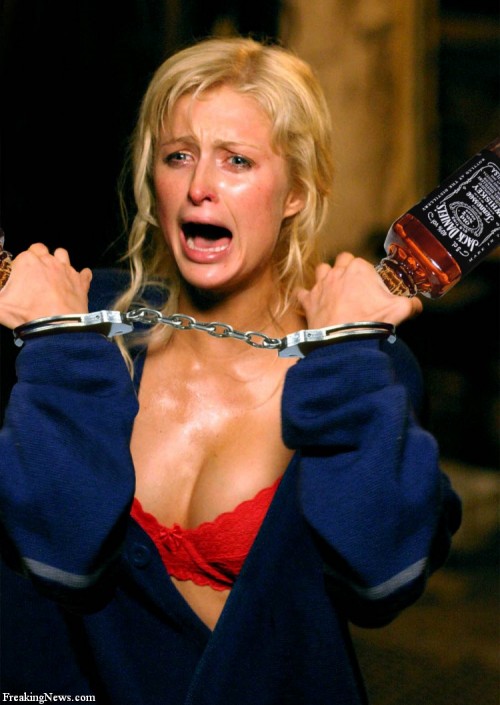The difference between a concept & a constraint, part 2: What is a constraint?
OK, back to this. In Part 1, I traced out how in conceptual art, the concept lies outside whatever artwork is produced—how, strictly speaking, the concept itself is the artwork, and whatever thingamabob the artist then uses the concept to go on to make (if anything) counts more as a record or a product of the originating concept. (This is according to the teachings of Sol LeWitt, as practiced by Kenneth Goldsmith.) Thus, we arrived at the following formulation:
- Artist > Concept > Artwork (Record)
Now, I’m not going to argue that every conceptual artist on Planet Earth works according to this model. But LeWitt’s prescription has proven influential, and continues to be revolutionary—because choosing to work with either a concept or a constraint will lead an artist down one of two very different paths. To see how this is the case, let’s try defining what a constraint is, aided by the Puzzle Master himself, Georges Perec . . .
The difference between a concept & a constraint, part 1: What is a concept?

Sol LeWitt: “Wall Drawing #1111: A Circle with Broken Bands of Color” (2003, detail). Photo by Jason Stec.
[Update: Part 2 is here.]
I wrote about this to some extent here, but I wanted to expound on the issue in what I hope is a more coherent form. Because I frequently see concepts confused with constraints, and the Oulipo lumped in with conceptual writing. For instance, this entry at Poets.org, “A Brief Guide to Conceptual Poetry,” states:
One direct predecessor of contemporary conceptual writing is Oulipo (l’Ouvroir de Littérature Potentielle), a writers’ group interested in experimenting with different forms of literary constraint, represented by writers like Italo Calvino, Georges Perec, and Raymound Queneau. One example of an Oulipean constraint is the N + 7 procedure, in which each word in an original text is replaced with the word which appears seven entries below it in a dictionary. Other key influences cited include John Cage’s and Jackson Mac Low’s chance operations, as well as the Brazilian concrete poetry movement.
I would argue that the Oulipo, historically speaking, are not conceptual writers/artists—although it’s easy to see how that confusion has come about, because the Oulipians have proposed some conceptual techniques, such as N+7 (which I’d argue is not a constraint). (Also, it’s each noun that gets replaced, not each word.)
What, then, distinguishes concepts from constraints? And why does that distinction matter? In this series of posts, I’ll try answering those questions, starting with what we mean when we call art conceptual.
Constrain my writing.

From Rick Strassman’s book DMT: The Spirit Molecule. This is the way a DMT test subject named “Willow” described her experience on the psychedelic. I’ve added emphasis to the sentence that struck me:
The other side is very, very different. There are no words, body, or sounds there to limit things. I first saw deep space, white with stars. Then there was this multidimensional experience starting. It was alive. It was the aliveness that I heard.
And here, a quote from Terence McKenna recently reTumbled by Tao Lin: READ MORE >
Constrain me, baby.
People, it seems, want to hear about constraints.
In grad school, I did an independent study with Steve Tomasula on the OuLiPo, short for Ouvroir de littérature potentielle, or workshop of potential literature. I’d read Calvino and Perec before and had a rough idea about what they were about, but yeah, it was a pretty amazing semester. So here’s the simple version of OuLiPo: The OuLiPo is a group of writers and mathematicians who believe that writing reaches its truest potential when constraints are put on the writer during the process of writing. A few obvious examples: Perec wrote a novel without using the letter e. In French. The OuLiPo came up with all sorts of constraints, whether lipograms, palindromes, N+7, or so on. You can look these up, if you want.


